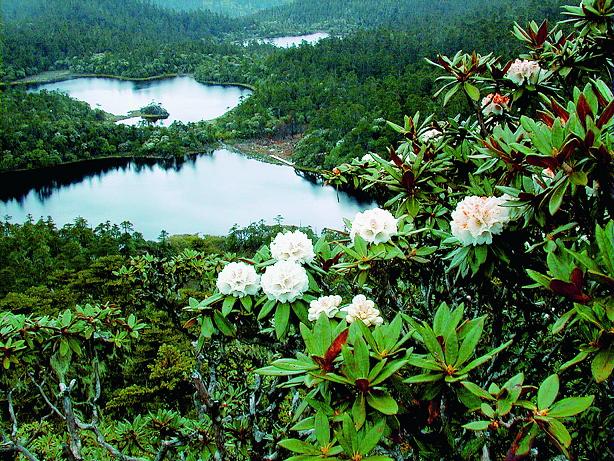Microsoft’s Top 10 Business Practices for Environmentally Sustainable Data Centers
- Ayrıntılar
- Kategori: Environment News
How to Reduce Energy Consumption, Waste, and Costs while Increasing Efficiency and ROI
Microsoft recognizes the tough challenges that data center managers, industry operators, and IT businesses face today as they struggle to support their businesses in the face of budget cuts and uncertainty about the future. It’s natural that environmental sustainability is taking a back seat in many companies at this time. But the fact is, being “lean and green” is good for both the business and the environment, and organizations that focus their attentions accordingly will see clear benefits. Reducing energy use and waste improves a company’s bottom line, and increasing the use of recycled materials is a proven way to demonstrate good corporate citizenship to your customers, employees, and the communities you do business in.
That said, it isn’t always easy to know where to begin in moving to greener and more efficient operations. With that in mind—along with Microsoft’s commitment to share best practices with the rest of the data center industry—this paper presents the top ten best business practices for environmentally sustainable data centers. The items in this list were submitted by senior members of Microsoft’s Global Foundation Services (GFS) Infrastructure Services team. Their backgrounds include expertise in server and chip development, data center electrical and mechanical engineering, power and cooling architecture and design, research and development, and business operations and administration.
Microsoft has followed the practices below for several years now and found that in addition to helping protect the environment, they lead to optimal use of resources and help teams stay aligned with core strategies and goals:












